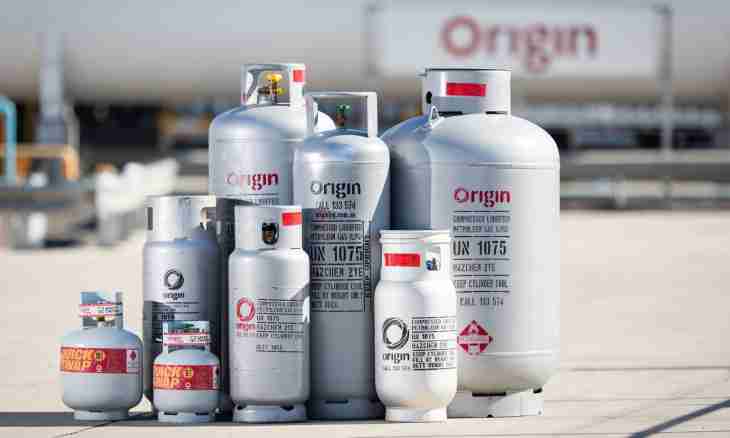In the nature only three conditions of substance – firm, liquid and gaseous are known. Some substances, for example, water, can be deformed from one state in another. Most often water happens liquid. At lower temperatures water hardens and turns into ice. At high temperatures and boiling it will be transformed to steam. Steam is and there is a gaseous state of water.
Gas – what is it?
The word "gas" came from the Greek word chaos which means "chaos". Gas is a number of molecules which randomly move, facing among themselves and other objects. Then molecules continue the movement again. The distance between them always considerably exceeds their sizes.
Motion of the molecules in gaseous state happens to very high speed. Thereof, they easily extend and mix up in any atmosphere.
Now it is possible to allocate only three main types of gas – natural, water and coal. All these types have general characteristics. For example, all three gases have ability to contract and extend. Range of process is wider, than at liquid and solid substances.
Characteristics of gas
When placing gaseous substance in any capacity, it extends on all space, evenly distributing in molecule capacity. Such phenomenon can be observed in lighters, gas cylinders, freezers and other objects. Under the influence of air temperature, gas has ability to contract or extend. Gas has no own volume. It belongs to all three types of gases. Density of gas can be the same, as well as at air, and can vary from bigger to smaller. Air is a mix of gases where in the largest numbers it is possible to emit nitrogen, oxygen and carbon dioxide. Separate gases can be dangerous as they cannot be seen or touched. But sometimes it is possible to feel impact of gas on a human body. For example, effect of oxygen or carbon monoxide. If to breathe only oxygen long time, there is a risk to get poisoning. On vessel walls gas presses equally, regardless of the direction. However, such judgment is right only in terms of a macrocosm of the substances habitual for our life. If to take, for example, a car tire, in it pressure of gas will be almost identical, differing absolutely on small figures. But for driving the car such insignificant variation of pressure of gas does not influence process. It can be compared to cutting of paper on several identical sheets. On the 100-th shares of millimeter their sizes will differ all the same. But for the solution of a task it is not critical. In a microcosm of molecules and atoms the picture is represented absolutely in a different way. There is no uniform distribution of pressure. In the tire gas extends, putting pressure upon its walls. Molecules, hitting against tire walls, jump aside and continue the random motion. Such blows are uneven owing to what also pressure in the tire changes.

